#not comics vs manga
Text
Shelf Space/WonderCon
Hello!
Great news: Apparently my lost blog is not so lost! I thought I deleted most of this, but the site did save it, but was just giving me trouble over the weekend. So, let's talk about that viral set of photos that was going around last week of the graphic novels bookcase vs. the manga bookcases at a Barnes & Noble.
There are a lot of bad takes off of the original thread and in the retweets, but there are a few folks who went out of their way to try to contextualize what's actually happening on those shelves. Here's a thread from Morgan Perry (currently over at Skybound, formerly at Boom and a former comics retailer) that provides a quick rundown of the state of manga and non-manga comics in the book market at large and specifically how that relates to Barnes & Noble. I really recommend giving it a quick read because I'll refer back to it.
I don't want to just retread what she's talking about here, so first let's establish some basics, and then we'll talk about shelf space and how it is or isn't indicative of the heath of an industry and what lessons should be learned from manga in the book market.
Manga is Just Another Word for Comics
Okay, starting with the most basic part of all this. Manga is quite literally another word for comics. Manga specifically refers to comics from Japan or in the style of comics from Japan, but that's it. It's almost like that rectangle/square thing: not all comics are manga, but all manga are comics. And just like it'd be kind of weird to pit rectangles against squares, it's weird to pit one type of comics against another--especially when the primary basis for that is country of origin.
But neither you nor I are naive enough to think that there's not some separation between manga and non-manga comics. Generally speaking, most manga that would be in an American bookstore is black & white and printed in a smaller size and on cheaper paper than the books in that graphic novels section. Manga is also sometimes distributed in a magazine format and, yes, as a style of comic coming from a common point of origin, often does include thematic and stylistic similarities. None of that should be taken as a given for something to be a manga, nor should it be taken as a given that other comics don't sometimes also meet these characteristics.
To the actual discussion at hand, probably the most noteworthy distinction you can make is that sometimes, manga is broken out onto a different sales chart. But, depending on what sales charts you're looking at, so are middle grade & young adult comics and, sometimes, so are "superhero" comics.
Understanding the "Manga" Section, Part 1: Numbers
Standard is set, so let's talk about what's actually pictured and what we can actually get out of it. From the initial posting, one of the most common refrains was that given the shelf-space "graphic novels" had given how much manga had, manga has "won" and non-manga comics are "dying" and blah-blah-blah. Obviously, it's overstated and oversimplified. There are a lot of ways to measure the health of an industry and a single set of pictures isn't.
One way you can look at it is of course sales. $$$. People care about money. And when you look at it that way, yes, you can see that manga is really succeeding right now. I'm looking at the ICV2 pulled overall comics sales from NPD Bookscan, and in an average month, if you're looking at overall top 20 comics, yes, the list is going to be *mostly* manga with one or two other comics on it. It's also true that in 2022, manga sales grew 9% which is part of their overall growth in the book market that we've seen for the past 3 years. What is also true is that adult graphic novels grew 4.6% and YA graphic novels grew 20% (and kids & middle grade graphic novels actually fell slightly--the only book market comics to have fallen in 2022). And, like manga, you can see that overall book market comic sales across categories have been growing over the past few years.
I've defined it before (and now might be a good time for a refresher), but when we're talking about the "book market" we're talking about data that includes almost no comic shops. NPD Bookscan looks at data for bookstores--both chain and independent--and stores that carry many things including books, like Target, Walmart, and Amazon. Some stuff that Bookscan doesn't include? Well, besides comic shops, it doesn't factor in numbers for things like ebooks, libraries and schools, and Scholastic Book Fairs. So, even with these impressive numbers and growth, which should be regarded for what it is, there's a lot of data that just isn't included here.
Let's check in with Publisher's Weekly, who in that article about comic sales growth took the time to ask direct comics market retailers about the performance of manga in their non-book-market stores. Interestingly, one retailer mentioned manga is a solid category in their store, and makes about 30% of their graphic novel sales.
That speaks to how well manga is doing in the direct market, and how much it is growing there (though like the photos we're talking about, a single shop is extremely anecdotal and should not be the basis of a larger trend). If we take it at face value, though, we can expect that for this comic shop, the ratio's pretty much reversed from the book store. You can expect about 70% of graphic novels sales to be non-manga. And that's not even getting into single issues or trading cards or Funko Pops or whatever else it is that the store sells in a year.
It's also interesting that a different retailer mentions that in the DM, the most valuable manga were the current hits, and having a larger variety meant having more shelf-warmers. Only the big names were moving.
Now, because there are some bigger picture numbers we can look at, let's go back to ICV2. For their quarterly market share charts, in Q4 of 2022, the top manga publisher was still below the 6 top American comics publishers in terms of actual dollars. Comic shops are investing more money in non-manga publishers overall, presumably because they're seeing some return there.
Understanding the "Manga" Section, Part 2: Buyers & Shelf Space
Getting back to Morgan's thread, she mentions that in 2019, after Barnes & Noble was acquired, the chain moved away from overall buyers to store-specific buyers to better match their local markets. I think another interesting set of photos are these ones from a B&N in Brooklyn. Similar to the first set of photos, they have a massive manga section and a smaller, but not non-existent selection of other comics/comic-related books. Steve Flack, who posted them, does something that is totally missing in the other set of photos though--he took pictures of the Kids/Middle Grade and Young Adult comics sections, which unlike manga and "adult" comics, are kept in their age-specific sections rather than with the general comics.
I bring up the point of matching local markets because there are a BUNCH of comic shops in Brooklyn that may not be catering as highly to the manga crowd, but that have other kinds of comics on lock. Or, for a different example, I've had conversations with my co-workers about when we hit up the "comics" section at our local Targets. Again, it's kind of spread-out with Kids/MG/YA comics being mixed in with other kids books and a smaller selection of "adult" comics. Near me--and yes, I do live in a city with a lot of comic shops--mostly manga. For some of my coworkers? Almost no manga. It depends on your market.
Looking specifically at the two pictures that started this whole thing, one of the things that really struck me was the comic selection. Obviously, it can be hard to really know what you're looking at on crowded shelves in a Twitter picture or whatever, but I know a lot of those books by sight. First of all, let me say, that section is arranged in a genuinely strange way. It is constantly alternating between being shelved by title and by publisher. Like, that first shelf is almost entirely by title, except the Boom Dune books are under B and that might be a Dark Horse section before the DC shelf, then it switches back to by title for most of the next shelf until it hits Marvel and then for some reason the Walking Dead is just there, and then it goes back to by title? Odd shelving.
But, and this is the part that's actually meaningful, a lot of the books on those shelves actually meet the criteria that people were asking for in the comments and retweets when making a divide between comics and manga. A lot of these are single volume OGNs (Black Hole, Jerusalem, Jack Kirby, My Favorite Thing is Monsters, etc). A lot of these are complete runs (Watchmen, Infinity War, Sweet Tooth, From Hell, etc). A lot of clearly marked and large starts of runs (Walking Dead, Monstress, Paper Girls, Saga, etc). A selection of things that people might be more likely to buy at a Barnes & Noble rather than a comic shop and/or that are meant to be omnibus style entry points. Is it a limited selection, sure, they only have so much room and a lot of their physical space is being taken up by bigger, heavier, and more expensive books.
I know this is not the only/best way to consider these things, but those 3 Walking Dead Compendiums, when they sell, are kicking off as much cash as like 15 manga (BIG NOTE: That's a bit of a guesstimate because I don't actually know what sort of discount B&N is buying at and how much they're making, but that's my rough estimate). But, yeah, if we say that's about right, it's those 3 books and that Sweet Tooth compendium ultimately kicking off the same amount of money as all the Chainsaw Man they have taking up half a shelf?
If they're selling through their manga faster than their other comics, absolutely, it makes more sense to take the space necessary to have a larger section because, sure, if they can sell all that CSM before those big compendium books, they need the room for it. And, to what we were talking about earlier, and what Morgan was talking about in her thread, the manga is largely being sold at a lower price than the other comics because of the smaller size and the paper stock and being B&W and, crucially, because it's cheaper to do a translation of foreign material than to make something new. They cost less for the store and if they're in a boom, like is happening now--see the previous numbers about manga's year-over-year rise--and are selling through faster, sure, why not make space for the thing you can do at high volume to make the same amount of money?
The "Lessons" of Manga
A temptation that I very much understand from just looking at the pictures and seeing how big the manga section is compared to other comics is to say "well, why aren't you learning what makes manga so appealing?" I get it. And people all have their own thoughts on what makes manga appealing. A few folks have actually problematic hot takes like manga is good because it isn't woke or political or gay or whatever (which... is both incredibly frustrating and maybe one of the dumbest things I've ever heard).
But once you've thrown those out, a lot of the common refrains come to general ideas about what American comics should be learning.
Probably the biggest point of contention and most repeated refrain is the classic (that I've written about before and kinda revisited here) issue of jumping on points. If you don't want another detour, the short and sweet version is some people think that all the reboots and relaunches and Vol. 1s for similarly named series and 90 years of continuity have made American comics too confusing to read because you don't know "where to start".
Now, I'd contend that's also something manga can have a problem with (looking at you, Gundam, Evangelion, and Re:Zero) and that, of course, it's a very Big 2 (Marvel & DC) centric view. Again, I've covered this all before and don't to waste too much time getting into it, but to the points I've said before: 1. the reboots are direct responses to these pleas in trying to simplify things (and then dealing with backlash of people who don't like the simplicity/the natural problems of shared universes) 2. it's actually a good thing if different people have different recommendations--that's actually no different than like any other book and might actually help you find the thing you are actually interested in. 3. you don't have to read superhero comics to get into American/non-manga comics. There is so much variety and so many cool people who are there to guide you.
There are other, more specific concerns which vary in their validity--from the people saying there aren't enough new characters to become easily attached to, which leaves me kinda scratching my head; to the people saying it's easier to follow the story across mediums, which... has its benefits and downfalls--I certainly like watching faithful adaptations sometimes, but I also really like seeing how the fundamentals of storytelling work in different formats; to the people saying manga generally have a single creator across the series life which makes things more straightforward. That last one is particularly interesting given how bad burnout is for many mangaka and how often assistants and other contributors are overlooked and missing the difference in the corporate nature of something like a Big 2 comic (or licensed title, which it's a good time to remember, Big 2 comics often practically are) to an original title, but if you aren't as well versed in this stuff, I totally get why it'd look that way.
But let's say these are all right and our takeaways are that we'd like comics that are closer to manga format--be that size or use of B&W or limited color or release schedule or style or whatever--where there are clear jumping on points that have a strong creator-identity across the whole run and that feature new or easily-digestible versions of existing characters and that may match any other media interpretations of the works and... this is what's happening in the middle-grade and YA markets. Not exclusively, you can definitely find some of these things in the "adult" comic and graphic novel market, but a lot of what I'm describing is already in that bookstore--it's just in the comics for young people. And you know where the other comics like that are happening? Here. Online. Webtoon and Tapas and whatever. And, going back to those February 2022 sales charts--when you look at the "Author" chart as opposed to superhero or manga--that's over half webcomics to print. Like, you know the best way to get into whatever DC character now? Either their Webtoons or the comics formerly known as DC Ink/DC Zoom! Or if you like manga for slice-of-life stories, good news, that's online and in those markets too and is growing in the adult print market!
I'm not going to say there aren't things that we can learn from manga. Of course! Manga excites a lot of current creators and--while it might not always be obvious--excites a lot of folks working at comic companies. What I am saying is that those lessons are in progress and we don't always see the results if we don't know what we're looking for. But what's been good for manga has been good for comics overall and the two should be looked at as two parts of a whole rather than at odds in your local bookstore.
Stray Thoughts That Didn't Quite Fit
A few other points I don't want to leave unsaid but wasn't quite making into what we've talked about so far.
1. Not that I think many people are clamoring for this, but it isn't like the Big 2 (and various other publishers) haven't tried their hand at original American manga and/or "manga-ified" versions of their characters, often to controversy or a lack of success. Again, this isn't to say there hasn't been good influence of manga on American and international comics and comic artists, just that purely taking the characters and putting them in "manga" often doesn't work.
2. It's hard to enter manga publishing. Almost conversely to my earlier point about how foreign licensing can be cheap, it is hard for a publisher that isn't doing manga to enter the marketplace because it is a large investment in a new category and one that has some very dominant players.
3. Finances and shelf-space really shouldn't be the only way of measuring the health of an industry (and, just to have it said... I think posting about a company's stock prices to an employee just trying to say that the medium is in a good place is a real weird move, as is accusing him of gaslighting about how well comics are doing). It should also be about people in the companies and freelancers making living wages and having good lives and being happy with their work and about readers being happy and enriched by the work and whatever. But that's unfortunately a bigger, different conversation than the one posed here.
I'm sure I could say more, but if you're still reading, you probably want to get to the good stuff, right?
What I enjoyed this week:
Blank Check (Podcast), Honkai Impact (Video game), Bobobo-bo Bo-bobo (Anime), The Circle (Trash TV), Wall of Chefs/Wall of Bakers (TV shows), Who Wants to Marry a Billionaire, Vol. 3 (18+ Manga), putting the finishing touches on Becca's revised website (more below), sleep. Sweet sweet sleep.
New Releases this week (3/22/2023):
Godzilla: Best of King Ghidorah (Editor)
Announcements:
WonderCon 2023! I'll be at WonderCon. This weekend! In just a couple of days! I won't be updating my blog because I'll be there! Right now, my schedule is still pretty open, so if you'll be around and want to meet up, please drop me a line. I will not be at any particular booth, so the earlier we can figure things out, the better!
The new popculturepunk.com is here! New galleries! New commission info (and Becca's open for comms)! A major new shop update including lots of leftovers from AZCAF and WaifuExpo! Digital comics! And more! Also, Becca's streaming Wednesday (3/22) at 7 p.m. PST on Twitch if you wanna come hang out!
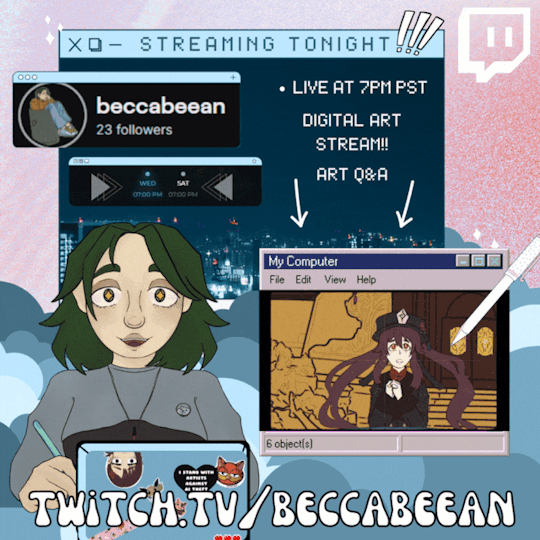
Pic of the Week:
I dunno. This is a nice picture of me and Tian holding hands.

#comics#manga#bookstores#comic shops#direct market comics#book market comics#the differences therein#comics editorial#bookshelves#comics & manga#not comics vs manga#middle grade#young adult#godzilla idw#streaming on twitch
0 notes
Text

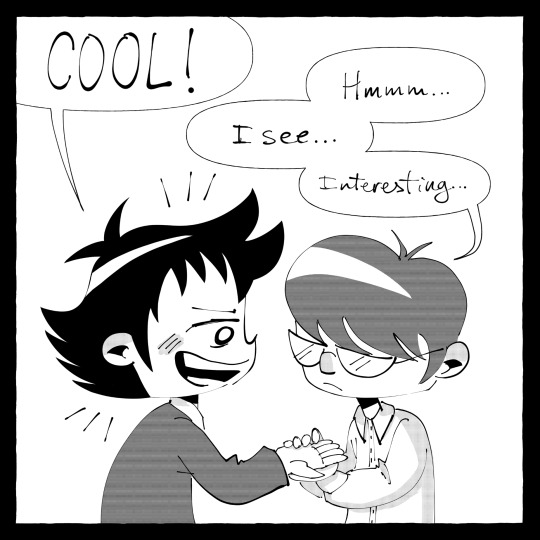

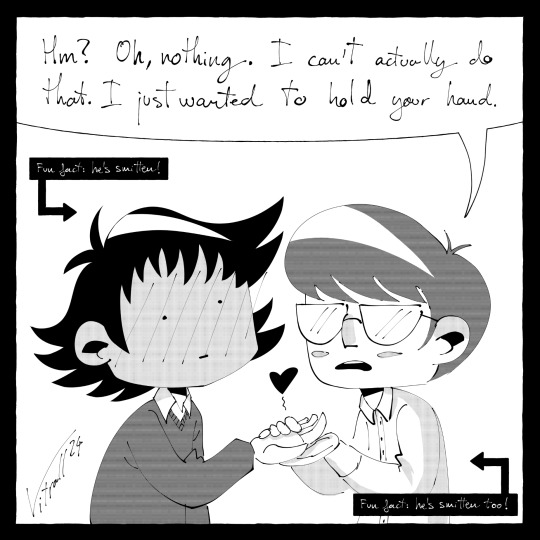
They're smitten 🥺🩷
---
Come say hi on Instagram!
Commissions: OPEN
#scott pilgrim#scott pilgrim takes off#scott pilgrim vs the world#wallace wells#mobillace#mobile scott pilgrim#illustration#anime#fanart#manga#comic#queer#lgbt#lgbtq
444 notes
·
View notes
Text

Strongest Titan in history…
Where once we had Godzilla Black… we now have Super Shimo Blue… The Ice Queen is here!!
#art#comic#comicbookart#digital art#godzilla#kaijufanart#godzilla king of the monsters#godzilla vs kong#king ghidorah#monsterverse#godzilla x kong#godzilla x kong: the new empire#godzilla 2000#godzilla kotm#shimo#shimo godzilla#fanart#anime#anime art#anime and manga#anime gif#anime fanart#dragon ball#dragon ball z#super sayian#super sayian blue
232 notes
·
View notes
Text

Speed Vs The Ultimate Power 🏍️☄️🔥💙🩷🖤
*After Sonic's Hot Honey Concert Date with Amy🔥🍯🩷💙 (Events after" Danger Date" comic)
S -"Yo,'Ghost Rider'! Like ma new wheels? Woo-boy! She's one hot honey!"
A-"Don't listen to him Shadow."
Sonic & Amy encounter Shadow on the road for a humble brag 😏
(Part of my upcoming manga style comic I wanna try🎨✌️)
#sth#sonamy#amyrose#sonicthehedgehog#sonic vs shadow#hot honey concert#sth fanart#shadow the ultimate lifeform#Sonic motorbike#shadow the hedgehog#sonic and shadow#sonic and amy#shadow#sonamy fanart#sonamy comic#sonic anime#sonic manga#Shadow's motorcycle#Sonic and Amy on a motorbike!!!#sonic#sega#sonic team#amyrosethehedgehog
229 notes
·
View notes
Text


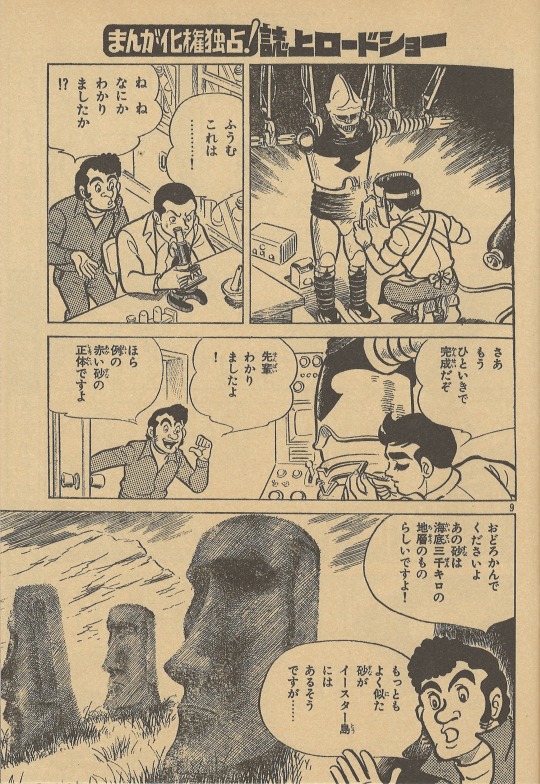

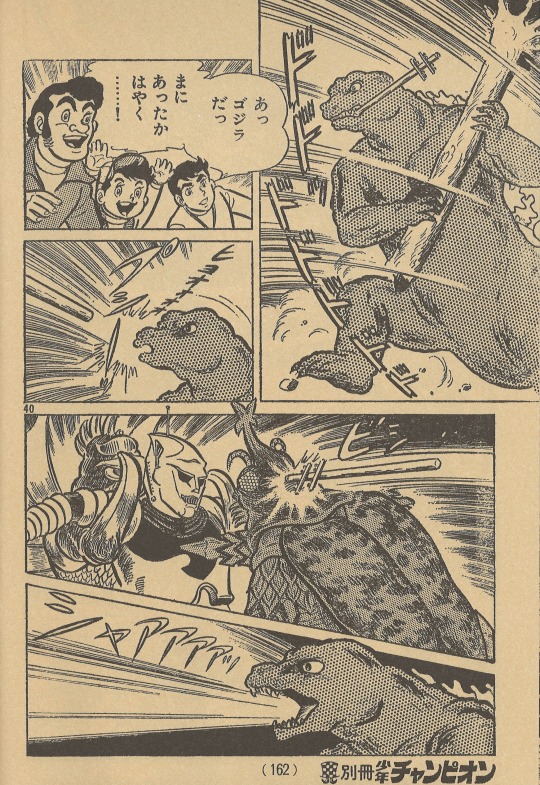

Godzilla vs Megalon - Bessatsu Shonen Champion (1973)
#godzilla vs megalon#gigan#jet jaguar#megaon#godzilla#comic#manga#bessatsu shonen champion#ゴジラ対メガロ#ガイガン#ジェットジャガー#メガロ#ゴジラ#別冊少年チャンピオン
404 notes
·
View notes
Text



“Is Scott here?”
“You know what? He just left.”
Scott Pilgrim vs. The World (2010)
#2010#gif#film#movie#comics#manga#Scott Pilgrim vs. The World#Edgar Wright#Kieran Culkin#Wallace Wells#Michael Cera#Scott Pilgrim#Ellen Wong#Knives Chau#Mary Elizabeth Winstead#Ramona Flowers#Anna Kendrick#Stacey Pilgrim#Brie Larson#Envy Adams#Bryan Lee O'Malley#Toronto#Canada
653 notes
·
View notes
Text
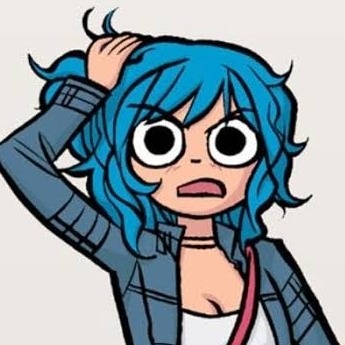
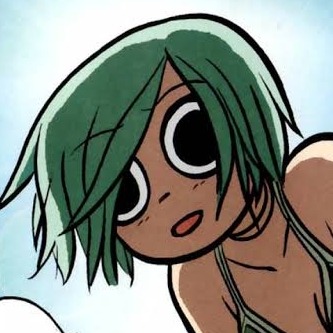




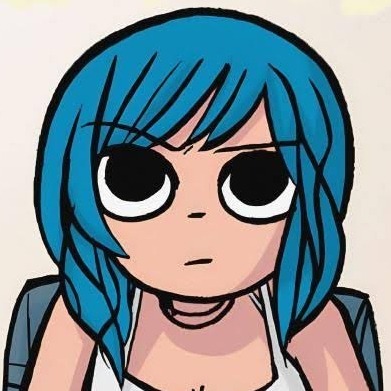



⌕ ramona flowers.
like or reblog if you save/use.
#scottpilgrim#scott pilgrim game#scott pilgrim vs the world#scott pilgrim#scott pilgram takes off#scott pilgram vs the world#scott pilgrim icons#ramona#ramona icons#ramona flowers#ramona scott pilgrim#scott pilgrim comic#anime#anime layouts#anime icons#animes layouts#manga icons#twitter layouts#manga layouts#anime packs#anime icon#messy icons#messy layouts
259 notes
·
View notes
Text
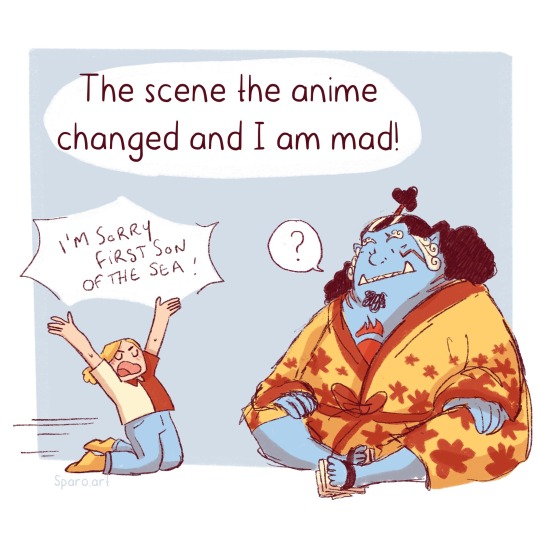
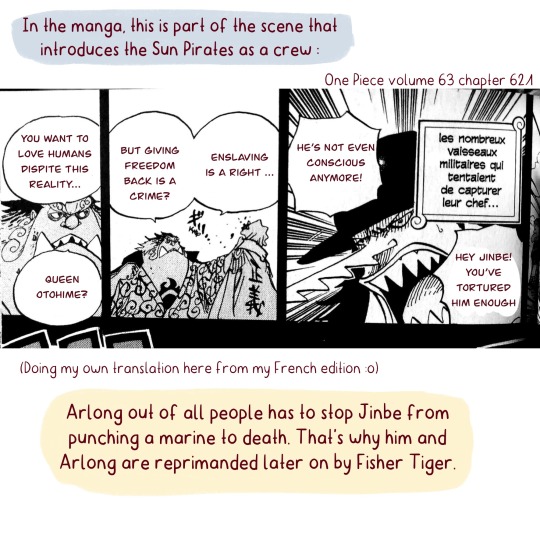
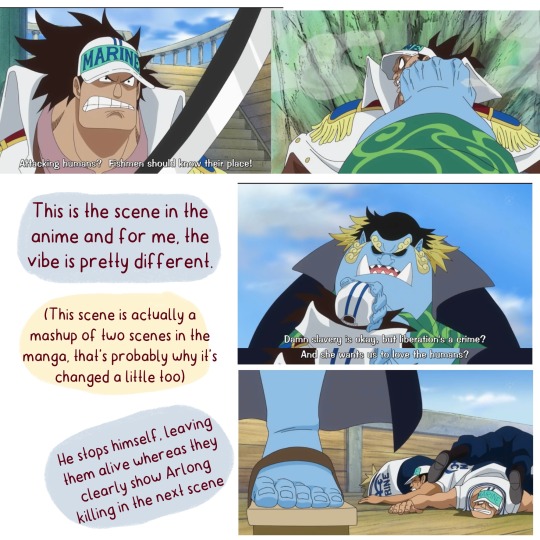

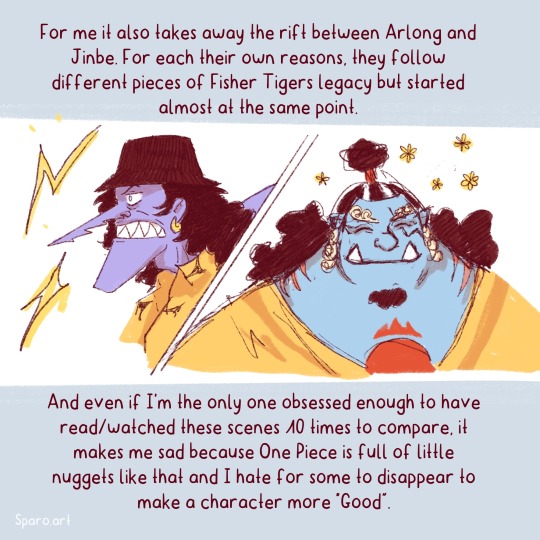
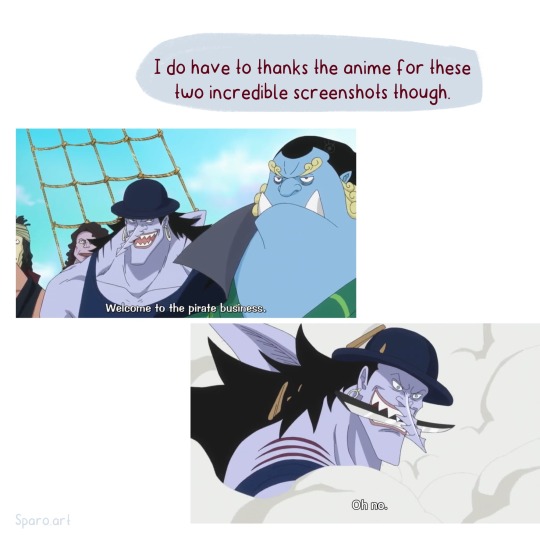
A whole lot of thoughts for very little manga panels I have to admit :) but hey this is literally what Brainrot is
(also, no blood on Jinbe's face or hands in the anime but that's just normal for the show, still sad) And for my first try at drawing the blue man, I think I did a pretty OK job!
#one piece#arlong park#fishmen#arlong#my art#one piece thoughts#Daily comic#Jinbe#jimbei#manga vs anime#sun pirates
146 notes
·
View notes
Text

They are all so messed up but I still want to know more about them.
#reiju#mis trazos#sanji#germa 66#one piece#they are really messed up but I love them your honor#and the worse is that they could have totally normal#it's Judge's upbringing that turned them into mosnters#HC that there's nothing wrong with the emotions of the Vinsmoke's emotions they were just raised poorly#but also#who the fuck writes the comic story of Sora the warrior vs germa66?!#has that mystery been cleared in the manga?
161 notes
·
View notes
Note
Your comics are so well done !! I adore the compositions, the linework and colors :D The way you approach compositions is so fun like the panels tripping over each other when Raph stumbles or the way the panel is shaped like the tunnel they’re walking through. I really look forward to seeing more of your work both in this fanwork and any future comics you work on :]
I have fun with the page layouts, composition, and panel boxes ((o(^∇^)o))
TBH one of my favourite pastimes is staring at comics made by more seasoned professional comic artists; it's so interesting to see how they layout their pages and all the fun ways the panel boxes themselves can be used as an addition to the art rather than just what contains it.
Stopping myself before I start rambling. It's so nice knowing there are folks who enjoy and notice things like that!!! Haha thank you!!
#asks#art related asks#will be thinking about this ask for 100 years#i am a nerd about comics as a medium#aaaa another cool thing is the way panels & page layout varies across artists and comic types#long scroll webcomic vs 4 panel vs newspaper strip vs european vs manga vs american vs non bordered sequential image storytelling#*explodes*#every artist puts the puzzle pieces together in different ways#and some forgo them completely#comics are so cool
80 notes
·
View notes
Text









So I read Superman vs Meshi~
111 notes
·
View notes
Text
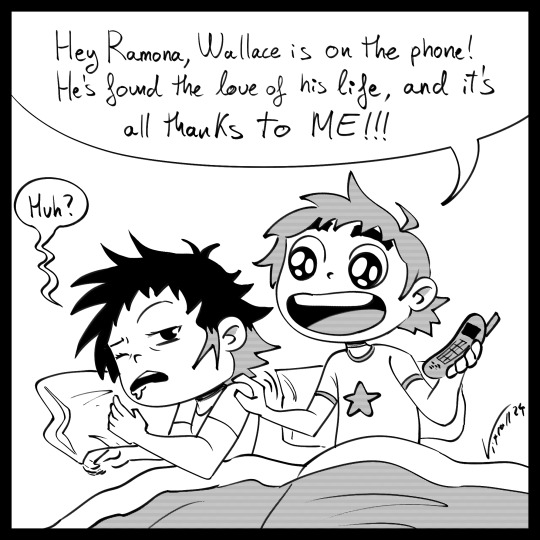


Old Wallace casually mentioned how he met his husband and Scott needed to intervene 💞☕️🇫🇷
#fanart#illustration#scott pilgrim#scott pilgrim takes off#anime#scott pilgrim vs the world#manga#wallace wells#art#mobillace#ramona flowers#scott pilgrim ramona flowers#comic#comic art#noooo scott you're gonna break the space time continuum#scott is willing to break the space time continuum to play matchmaker with his gay best friend
269 notes
·
View notes
Text
Scott Pilgrim x Devilman AU

#scott pilgrim#devilman#fanart#go nagai#scott pilgram takes off#scott pilgram vs the world#devilman akira#devilman ryo#ramona flowers#wallace wells#lisa miller#ryo asuka#akira fudo#manga#comics
131 notes
·
View notes
Photo

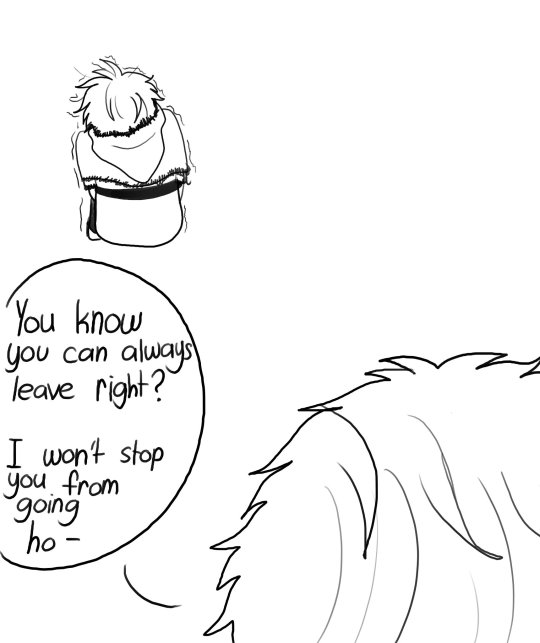
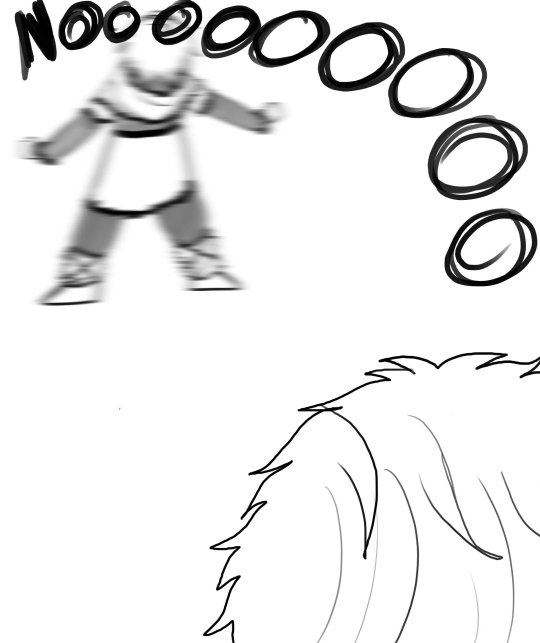

Thorfinn and Askeladd’s dynamic oversimplified
#vinland saga#vinland#vs#vinland fanart#vinland saga fanart#askeladd fanart#thorfinn fanart#manga#anime#vinland saga memes#vinland saga meme#vinland saga comics#vinland saga comic#ヴィンランド・サガ#アシェラッド#トルフィン
677 notes
·
View notes
Text











Godzilla vs Mechagodzilla - Bessatsu Shonen Champion (1974)
#godzilla vs mechagodzilla#godzilla#fake godzilla#king caesar#black hole planet 3 aliens#comic#manga#bessatsu shonen champion#ゴジラ対メカゴジラ#ゴジラ#にせゴジラ#メカゴジラ#キングシーサー#アンギラス#ブラックホール第三惑星人#別冊少年チャンピオン
115 notes
·
View notes
Note
which comics era do you like best?
wait here let me check something

yeah that's what I thought
I'm going to bed
#ask#anon#i guess modern ???#bc my favourite comics come from the 80s 90s and 00s#but#theres also some real stinkers#i dont know#anyway off topic#but my brain is shutting down right#now#you know how nerds have big fight of like anime vs cartoons#why dont you ever see fights of like#manga vs comics#not in the which ones better you see that constantly#but in the#if i a westerner made a black and white comic that was read left to right#could i call that a manga#what if i#went to sleep
78 notes
·
View notes